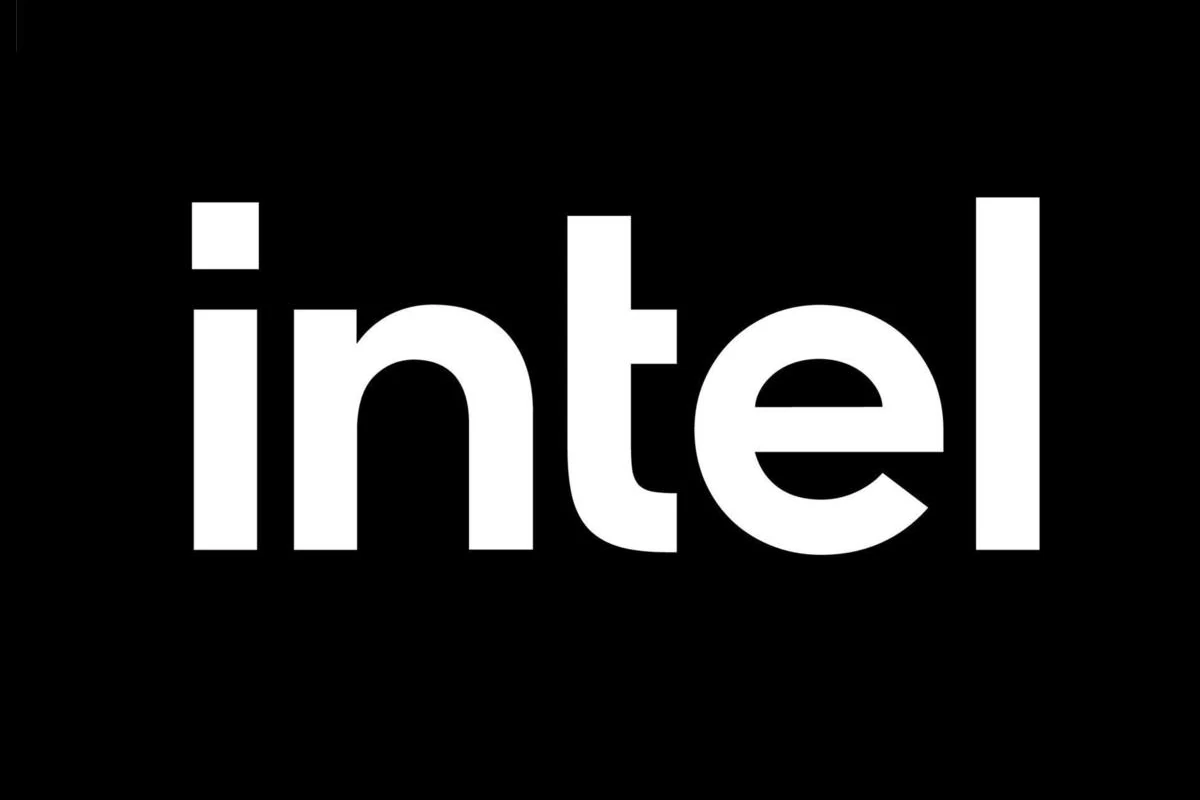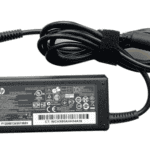The race for Intel’s next CEO has taken a dramatic twist with Tom Caulfield’s sudden departure from his role as CEO of GlobalFoundries. His unexpected exit has fueled speculation that he is now the frontrunner to take over the top job at Intel—an industry-shaking move that could reshape the global semiconductor landscape.
A Perfect Fit for Intel’s Future?
Caulfield’s expertise in semiconductor manufacturing makes him a compelling candidate for Intel’s leadership. With a career spanning IBM, GlobalFoundries, and deep experience managing large-scale chip fabrication, he could be exactly what Intel needs to revitalize its struggling foundry business.

But the intrigue doesn’t stop there. Some industry insiders believe his departure from GlobalFoundries is more than just a career move—it may be part of a strategic maneuver by Intel to install him at the helm. There’s even talk that Intel could adopt a dual-CEO model, positioning Caulfield as the leader of Intel Foundry, the company’s independent contract chipmaking unit.
If this happens, a long-speculated merger between Intel Foundry and GlobalFoundries could be on the horizon, forming a dominant American-led chip manufacturing powerhouse. Given the ongoing push to reduce reliance on Asian semiconductor production, such a merger would align with U.S. government priorities.
A Turnaround Specialist for a Company in Crisis
Caulfield is widely credited with steering GlobalFoundries toward profitability, an impressive feat in an industry where margins are razor-thin. Intel, by contrast, has been hemorrhaging cash in its bid to challenge TSMC and Samsung in the foundry business. If Caulfield can replicate his success at Intel, it could mark the company’s long-awaited return to dominance.
The U.S. government is also watching closely. With the Trump administration prioritizing domestic semiconductor production, high-level meetings reportedly took place in January 2025 at Donald Trump’s Mar-a-Lago estate, where key figures from Intel, GlobalFoundries, Qualcomm, and even Elon Musk were present. If those discussions laid the groundwork for Intel’s leadership shift, we could be witnessing a well-orchestrated play that’s just now coming to light.
Who Else Is in the Running?
While Caulfield’s name is making headlines, he’s not the only contender. Other candidates reportedly under consideration include:
- Renee James – Former Intel president, known for her leadership in software and strategic business initiatives.
- Kirk Skaugen – A former Intel executive who led the company’s server chip division, a critical growth area.
Whichever direction Intel chooses, the stakes couldn’t be higher. The semiconductor giant is at a crossroads, and its next CEO will determine whether it regains its industry leadership—or continues to struggle in the shadow of its rivals.
One thing is certain: the coming weeks will be pivotal for Intel, and the entire semiconductor industry is watching.
Intel’s CEO Succession: Analyzing the Tom Caulfield Factor
The Rumors and Their Implications
The semiconductor industry is abuzz with speculation about Intel’s next CEO. Tom Caulfield, currently Executive Chairman of GlobalFoundries, has emerged as a leading candidate. This development follows Caulfield’s recent transition from CEO to Executive Chairman at GlobalFoundries, fueling rumors of a potential move to Intel. A Bloomberg report from January suggested a possible merger between Intel and GlobalFoundries, contingent on the UAE government relinquishing its majority stake in GlobalFoundries. This adds another layer of intrigue to Caulfield’s potential candidacy. His deep experience in semiconductor manufacturing and operations makes him a strong contender for the role.
The Mar-a-Lago Connection
Adding to the intrigue, reports surfaced of a meeting at Mar-a-Lago involving representatives from GlobalFoundries, Qualcomm, Intel, and even Elon Musk. This gathering, shortly after a SemiAccurate article hinted at Intel being a potential acquisition target, has ignited further speculation about the industry’s future. While the meeting’s purpose remains undisclosed, the presence of key figures from these companies suggests discussions of significant strategic importance.
Intel’s Strategic Importance and Potential Resurgence
Intel’s strategic significance to the US cannot be overstated. A CSIS report emphasized the company’s crucial role in the nation’s semiconductor ecosystem. This underscores the government’s vested interest in Intel’s success and potential involvement in any major corporate decisions. Beyond the CEO speculation, Intel appears to be making headway in its process technology. Claims suggest that their 18A node offers competitive advantages, particularly in backside power delivery. Furthermore, the upcoming 14A node, utilizing NA EUV machines, could solidify Intel’s position. Early benchmarks of Lunar Lake CPUs, even on TSMC’s 3N node, demonstrate Intel’s continued design prowess.
The GlobalFoundries Factor
The potential merger between Intel and GlobalFoundries presents both opportunities and challenges. While it could create a stronger, more diversified domestic chip manufacturer, regulatory hurdles and the UAE’s ownership stake in GlobalFoundries remain significant obstacles. A less drastic partnership or technology licensing agreements might be more feasible in the short term.
Analyzing the Potential CEO Candidates
While Caulfield is a strong contender, Intel’s board may consider other candidates. Key factors in their decision will likely include experience in both technology and business leadership, as well as a vision for Intel’s future. The new CEO will need to navigate the evolving semiconductor landscape, address competitive pressures, and guide Intel’s technological advancements.
Process Technology Comparison
Here’s a comparison of some key process technologies:
| Company | Node | Key Features |
|---|---|---|
| TSMC | A16 | FinFET architecture |
| TSMC | 3N | Improved performance and power efficiency |
| Intel | 14A | NA EUV lithography, advanced transistor design |
| Intel | 18A | Backside power delivery |
The Role of Tariffs
Potential tariffs on imported chips could significantly impact the semiconductor industry. Such tariffs could incentivize domestic production, potentially benefiting Intel’s advanced nodes. This policy could reshape the competitive landscape and accelerate the onshoring of chip manufacturing.
Beyond the CEO: Intel’s Broader Strategy
Intel’s CEO selection is just one piece of the puzzle. The company’s broader strategy, including its process technology roadmap, product development, and competitive positioning, will ultimately determine its success. The new CEO will need to execute this strategy effectively, adapting to market dynamics and fostering innovation within the company.
The Importance of Chip Design
While advancements in process technology are crucial, Intel’s continued success also depends on its chip design capabilities. The strong performance of Lunar Lake, even on a less advanced node, shows that Intel’s design teams remain competitive. Maintaining this design expertise will be essential for creating compelling products that leverage the advantages of Intel’s advanced manufacturing processes.
The Future of Semiconductor Manufacturing
The semiconductor industry is in a period of rapid change. Geopolitical factors, technological advancements, and shifting market dynamics are reshaping the landscape. Intel’s next CEO will play a critical role in navigating these challenges and positioning the company for long-term success. The industry will be watching closely to see how Intel adapts and competes in this dynamic environment.
Understanding Chip Manufacturing Processes
For those interested in the intricacies of chip manufacturing, understanding the different process nodes is essential. Each node represents a smaller feature size on the chip, leading to improved performance, power efficiency, and transistor density. However, developing and implementing these new nodes is incredibly complex and expensive. Companies like Intel, TSMC, and Samsung invest billions of dollars in research and development to push the boundaries of semiconductor technology. The race to achieve smaller and more advanced nodes is a key driver of competition in the chip industry, and it has profound implications for the performance and capabilities of electronic devices. Beyond the node size, factors like transistor architecture, materials science, and lithography techniques also play crucial roles in determining chip performance. Understanding these elements can provide a deeper appreciation for the technological marvels that power our modern world.
Key Takeaways
- Tom Caulfield’s departure from GlobalFoundries signals his potential move to Intel as CEO
- Intel’s CEO search committee evaluates both internal and external candidates with semiconductor manufacturing expertise
- The new CEO selection will determine Intel’s direction in chip manufacturing competition
Candidates for Intel’s CEO Position
Several high-profile executives from the semiconductor and tech industries are being considered for Intel’s CEO role after Patrick Gelsinger’s departure. Tom Caulfield has emerged as a leading candidate following his unexpected exit from GlobalFoundries.
External Candidates Overview
Lip-Bu Tan, who recently resigned from Intel’s board, stands as a strong contender with deep industry experience and connections. His background at Cadence Design Systems adds valuable perspective on chip design and manufacturing.
Matt Murphy from Marvell Technology brings expertise in semiconductor innovation and strategic partnerships. His track record in transforming Marvell makes him a compelling choice.
Apple’s Johny Srouji offers unique insights from the customer perspective, having led Apple’s silicon development efforts. His experience could help Intel regain its competitive edge.
Internal Candidates and Leadership
Renee James, Intel’s former president, represents a blend of insider knowledge and external perspective through her current role at Ampere Computing.
Michelle Johnston Holthaus and David Zinsner lead the internal candidate pool. Their deep understanding of Intel’s operations and culture provides continuity advantages.
Kirk Skaugen’s previous leadership of Intel’s server chip division makes him a notable consideration, especially given the company’s focus on AI and data center solutions.
The search committee, working with Spencer Stuart, evaluates candidates based on their ability to drive innovation in AI and edge computing while maintaining Intel’s foundry partnerships.
Tom Caulfield’s Potential Impact on Intel
Tom Caulfield brings extensive semiconductor manufacturing expertise and a track record of operational excellence that could reshape Intel’s competitive position. His leadership style and strategic vision align with Intel’s need to regain market leadership in chip manufacturing.
Strategic Challenges and Opportunities
Intel faces intense competition from TSMC’s advanced manufacturing capabilities and AMD’s market gains. Caulfield’s experience in foundry operations could help Intel strengthen its IDM 2.0 strategy.
His expertise in managing semiconductor facilities would benefit Intel’s $20 billion expansion of manufacturing sites in Arizona and Ohio.
The immediate priorities include:
- Accelerating 7nm and 5nm process development
- Expanding foundry services to compete with TSMC
- Strengthening AI chip development programs like Gaudi
Innovation and Operational Expertise
Caulfield’s reputation for innovation and manufacturing efficiency could revitalize Intel’s technology roadmap. His experience as GlobalFoundries CEO demonstrated his ability to optimize complex semiconductor operations.
He brings valuable insights from serving both integrated device manufacturers and pure-play foundries. This dual perspective helps balance Intel’s internal chip development with foundry service expansion.
His data-driven management approach improved yields and reduced costs at previous companies. These skills directly address Intel’s recent manufacturing challenges.







